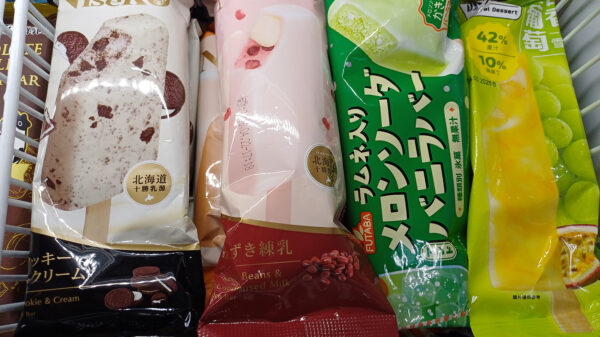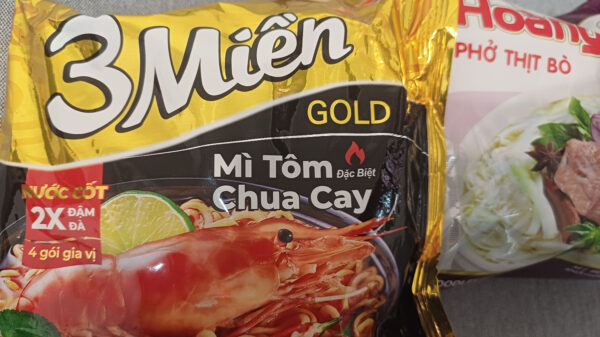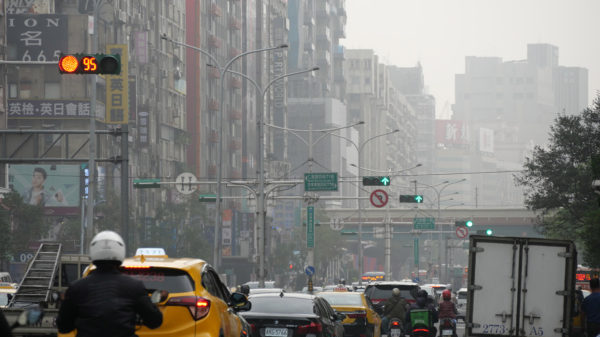
The abundance of plastic waste and its subsequent breakdown into tiny particles pose environmental and ecological concerns. In recent years, scientists have uncovered another hidden marine pollutant, known as “tyre dust,” which acts as an unseen threat.
Taipei, Taiwan (Periodical News) – The problem of marine waste pollution has garnered the focus of environmentalists and ecologists alike, with plastic playing a crucial role. Scientists are worried that too much plastic waste and the plastic particles it decomposes will cause environmental and ecological problems. In recent years, environmental scientists have begun to notice another marine pollutant that seems inconspicuous, even invisible to the naked eye, which is “tyre dust” known as the invisible killer.
Tyre dust is black fine particles produced when tires are worn out. Usually, when the car turns, brakes, or accelerates, it is more prone to wear and tear, and tire dust will remain on the road. These particles flow into the ocean as the rain washes away, turning into pollutants that are difficult to clean up and becoming invisible ecological killers. Experts estimate that millions of tons of tire dust are generated in Europe every year. If the amount generated by other countries and regions is added, the overall amount will be quite staggering.
Most people usually think that plastic particles come from disposable plastic products in life. If they are not properly recycled, they will be thrown away after use and become waste that pollutes the ocean. But now we found a small tire dust which has a huge impact on the ocean. Environmental scientists observed these tiny black particles in rainwater flowing through the streets, and after analysis found that they were the same as the material of tires. Unlike plastic waste, tire dust has a relatively high density. It will not float on the sea surface but will sink to the bottom. It will drift around the world with seawater, or enter the body of marine organisms, making it difficult to remove.
Does tyre dust really affect the ecological environment? The answer is yes. Because the death crisis of Coho salmon, an important fish in streams in the Pacific Northwest of the United States, is related to the toxic substances in tire dust. Scientists observed decades ago that coho salmon returned to Puget Sound on the west coast of Seattle from the Pacific Ocean to spawn often die collectively for unknown reasons after heavy rains, so they are trying to find out the possible reasons. Pesticides, metallic substances, and hydrocarbons were tested, but no evidence of death was found. They also researched in the direction of fish hypoxia or disease but still found nothing.
After 15 years of research, Jenifer McIntyre, assistant professor of aquatic toxicology at Washington State University, and her research team began collecting dust samples from roads near streams and placing them in the living spaces of coho salmon. It turned out that after a few hours, the salmon participating in the experiment died, and these dust samples were tyre fine particles.
After in-depth research, it was found that to slow down the decomposition rate of tires, rubber anti-aging agent “6PPD” was added during the manufacturing process. “6PPD” has the function of preventing tire oxidation, sun cracking, and damage by heavy metals. Unfortunately, this kind of anti-aging agent will produce a toxic chemical substance “6PPD-quinone”, thus killing fish schools. After this study was published in 2020, it also officially established the existence of Tire Wear Particles (TWP) as a pollutant.
In fact, since 2017, the International Union for Conservation of Nature (IUCN) has estimated that tire dust is the second largest source of marine plastic particles after synthetic textile fibers, accounting for about 28% of it. In 2019, scientists discovered that the main source of plastic particles and nanoplastics is car tire wear particles, revealing that this is a problem that cannot be ignored.
Before a tire is replaced, an average of 4 kilograms of plastic particles will be produced, and an average of about 6 million tons of tire wear particles will be produced annually. These particles not only flow into streams and oceans with rainwater but also move with the wind to pollute the oceans in greater quantities. And it has been found in the atmosphere and the north and south poles, indicating that the pollution problem has been formed for a long time. According to the latest research, the toxicity of 6PPD-quinone in tires is much higher than estimated in 2020, and it is a highly toxic pollutant to any aquatic organisms.
A British start-up technology company has been working since 2020 to study how to reduce tire dust from entering the air and rainwater. They used the principle of static electricity to design an air filter installed behind the tires, which is used to absorb the black plastic particles produced when the tires are worn. The results show that this device can reduce tire dust pollution by about 60%. To further confirm its effectiveness, they are also cooperating with famous car manufacturers to conduct actual road tests and plan to enter the mass production stage in 2030 to reduce tire dust particles.
Although there are still many implementation problems that need to be overcome, at least everyone has begun to face up to the problem of tire dust pollution, hoping to see effective prevention and control shortly and reduce its damage to the environment and ecology. Environmental scientists especially call on everyone to reduce the excessive use of other chemical raw materials, because more than 90% of the more than 300,000 man-made chemical substances lack environmental impact assessment data. If we fail to face up to this problem, there will be another environmental crisis.
Be the first to leave a review.
Your browser does not support images upload. Please choose a modern one























